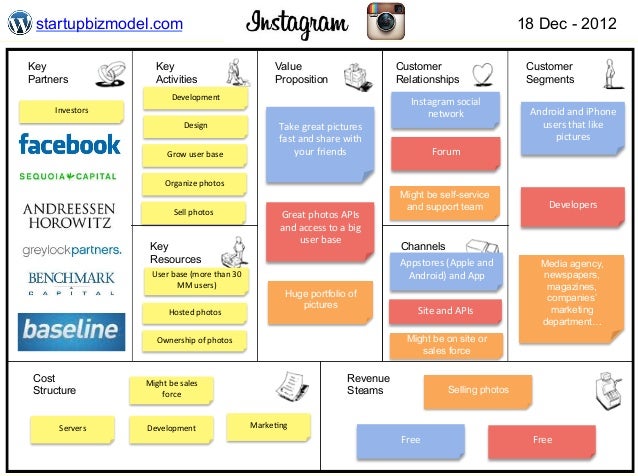
How does my customer measure success and failure? (cost, performance, speed, quality, beauty, likes on social networks, etc.). What is my customer looking for? (design, guarantees, specific features, functionality, etc.). What positive consequences do my customers want? (power, status, acknowledgment, satisfaction, motivation, etc.). What can make my customer’s tasks easier? (lower learning curve, more services, lower costs, etc.). What current solutions enchant my customer? (functionalities, performance, quality, etc.). What results do my customer expect? Which ones can mesmerize them? (quality level, profits and gains, savings and improvements, etc.). What kinds of savings would make my customer happy? (time, money, energy, etc.). To do so, you can follow some questions, such as: You may rank each gain by relevance and indicate the frequency of them. In short, everything that delight them and make their life easier, more joyful or more successful. They are all the benefits your customer expects or wishes – or even something that would surprise them positively –, whether they are functional, emotional, social or financial. What is preventing my customer from adopting solutions? (investment, learning curve, resistance to changes, etc.). What are the most common mistakes my customer makes? (creating expectations, misunderstandings, errors in use, etc.). What is keeping my customer awake at night? (concerns, challenges, debts, bad health, etc.). What risks is my customer afraid of? (financial, social, technical, etc.). What are the negative consequences for my customer? (losses of power, status, money, time, trust, etc.). How current solutions are leaving to be desired for my customer? (bad performance, much effort, lack of functionality, defects, etc.). What are the main difficulties and challenges of my customer’s faces? (physical, intellectual or emotional limitations to do something, resistance, understanding certain situations, etc.). What makes my customer feel bad? (frustrations, disappointments, failures, physical pain, etc.). What is expensive for my customer? (regarding time, cost, effort, etc.). To complete this step, you can make some questions: Remember to classify each pain as severe or light and note down how often it takes place as well. This one encompasses everything that annoys your customer while they are performing their jobs-to-be-done, such as negative experiences and emotions, challenges, risks involved, financial costs, mistakes, and consequences, etc. What basic needs do they need/want to have satisfied? (communication, sex, hygiene, etc.). What emotional tasks is my customer trying to complete? (get in shape, feel good, feel motivated, etc.). What social tasks is my customer trying to accomplish? (get a promotion, gain status, have a network, etc.). What functional tasks is my customer trying to perform? (day by day tasks, problems at work, etc.). To fulfill this step, you may ask yourself: It’s also important to note down the frequency and the importance of each job, and all the different roles the customer have to play, and in what contexts. 
You have to include all tasks customers are trying to perform, the problems they are trying to solve, and the needs they want to satisfy. This is about what your customer is trying to do. Let’s check each one out: Client Profile Jobs-to-be-done On the left side, it’s the Value Proposition, also subdivided into three: Products & Services, Gain Creators, and Pain Relievers. And that is divided into Jobs-to-be-done, Pains, and Gains. The canvas is divided into two sides: on the right side, it’s the Client Profile. In other words, how your company delivers value to your audience. They are the core of the business model because they focus on “What” and “To whom”.
Avoiding producing something nobody wants,Īs said before, Value Proposition Canvas is made up of only two blocks – Value Proposition and Customer Segment. Comparing a product you already have with the user’s need. Developing a product in accordance with what your customer need and want. 

Understanding the customer, with their needs and expectations. What are the advantages of using the Value Proposition Canvas? Check out our Premium Value-Proposition Powerpoint Template:. What are the advantages of using the Value Proposition Canvas?.







 0 kommentar(er)
0 kommentar(er)
